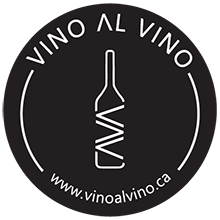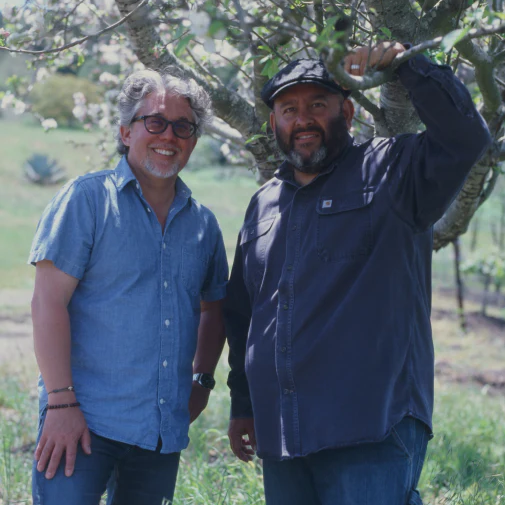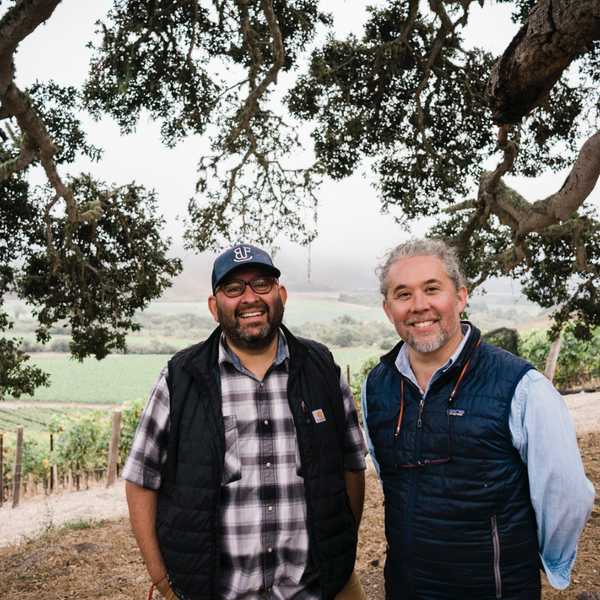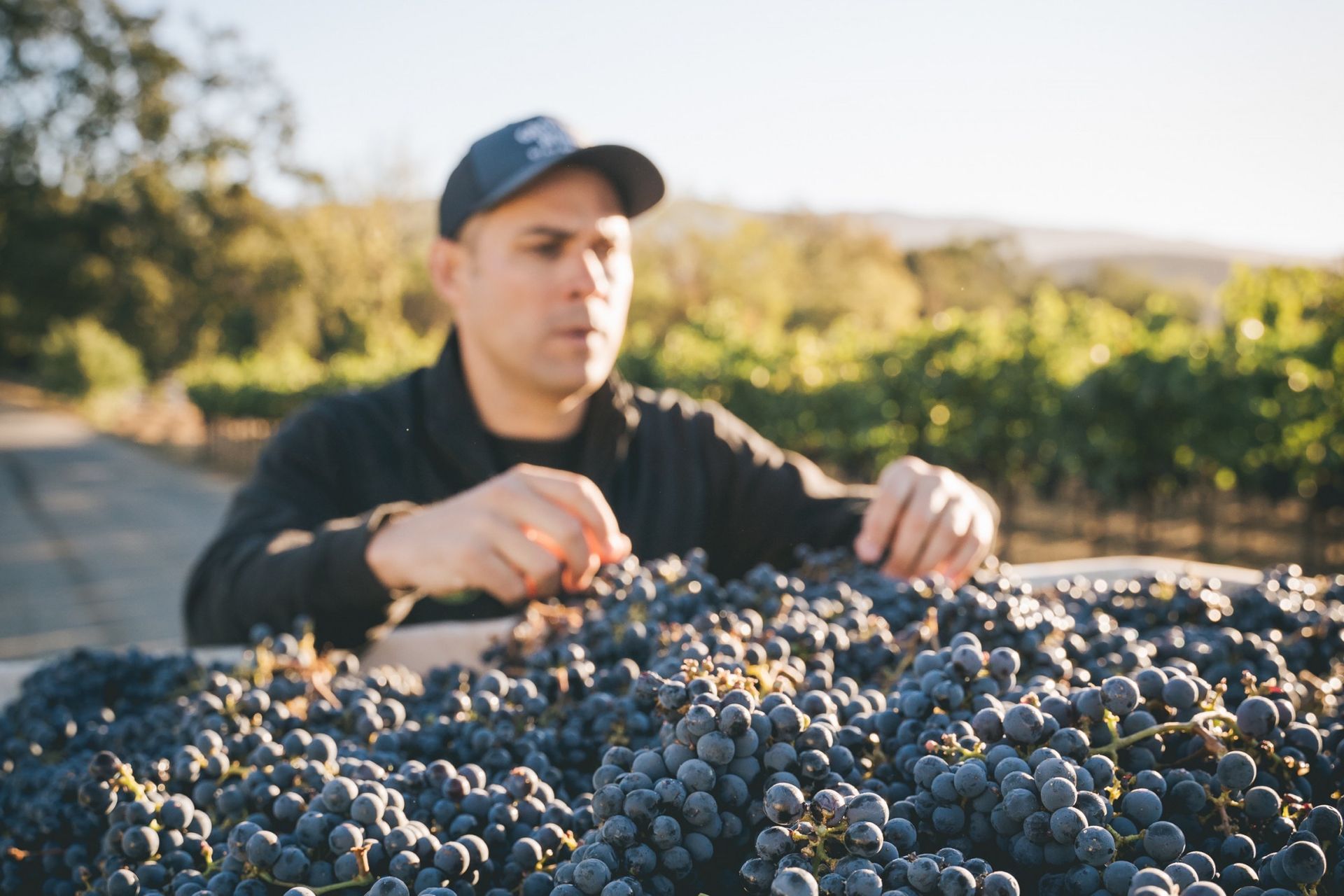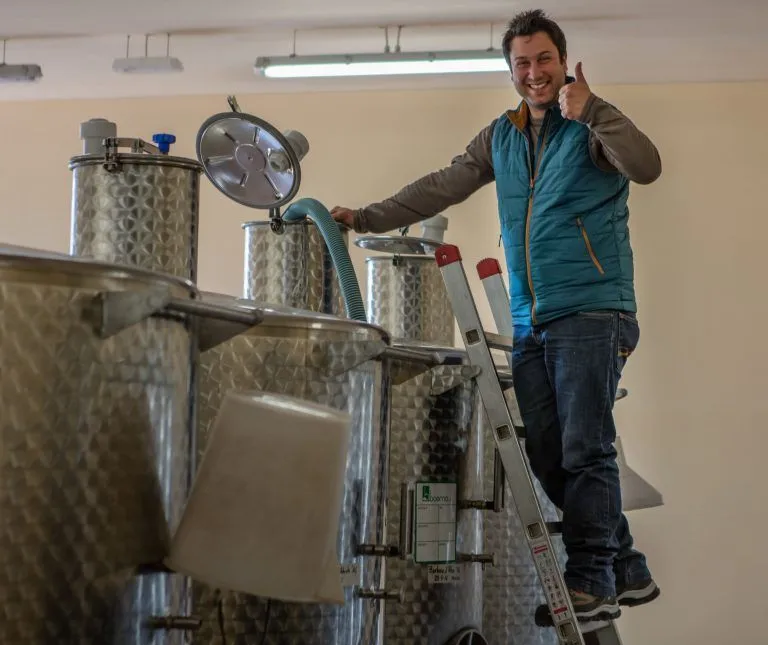Labeling Wine Bottles | Everything you need to know to drive sales
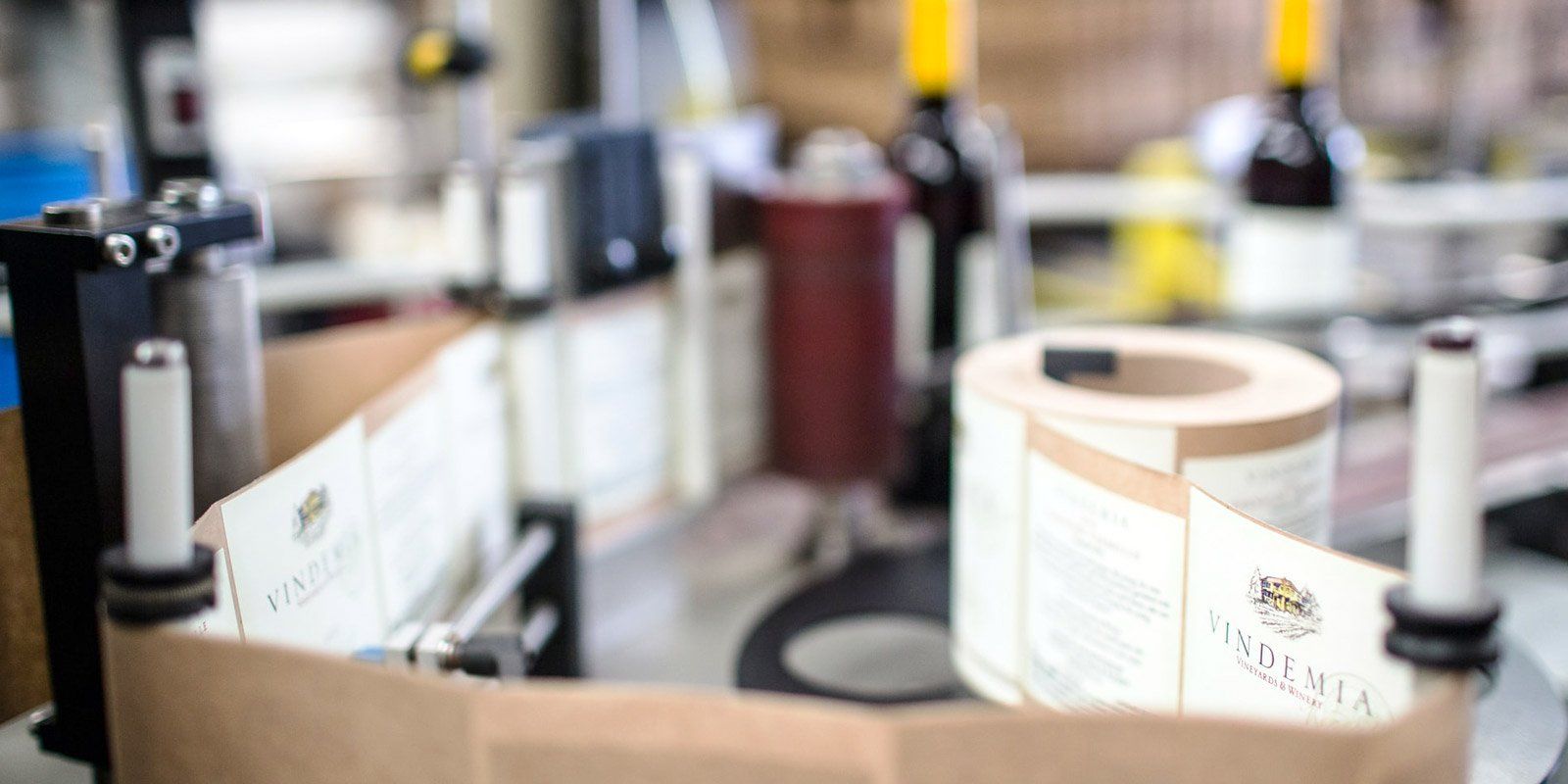
The labeling of wine bottles has taken on special importance in recent years due to three main factors:
1
Consumers’ growing need to know what’s in the bottle (ingredients)
2
Increasing environmental awareness (sustainability and carbon footprint)
3
New European Economic Area wine labeling laws
It is no longer sufficient to use the wine label to convey solely the most rudimentary product and provenance information. The wine label presents a plethora of opportunities to inform, connect and engage with consumers and extend brand awareness and reach. Developing a strategy around the wine label should be an integral part of the wine marketing strategy for wine producers.
The following data reflect the great importance of the wine label today:
- The paper "The influence of the label on wine consumption: its effects on the perceived authenticity and purchase behavior of young consumers" found that consumers seem to be affected by extrinsic cues on wine bottles, such as the shape, size and color of the bottle. Drink alcoholic beverages seems important as much as the aesthetics of the packaging.
- On the other hand, the paper "The Impact of the Content of the Label on the Buying Intention of a Wine Consumer" points out that expert wine consumers tend to make informed decisions, considering the information present on the label. According to the same paper, wine label information is generally more relevant for them than for non-expert consumers.
- Finally,
a report published by Statista indicates that, during 2019, the 4 countries where people relied most on the information on the label to make a purchase decision were Australia (40%), the United States, England and Canada (all 3 with 38%).
However, as mentioned above, label regulations and wine labeling laws such as the EU 2023/27 Agricultural Reform have increased the importance of enhancing the information contained on the alcoholic beverage. Therefore, it is necessary to talk about what information is required on wine bottles. In this way, you will be able to market your wines worldwide, and your brand will have greater visibility and brand reach.
Wine label requirements and information
So, what is required on a wine label? The requirements and information that must be present on the label may vary from country to country. In this section, we will focus on both domestic and imported wines: from Canada, USA, the European Union, Argentina, Australia.
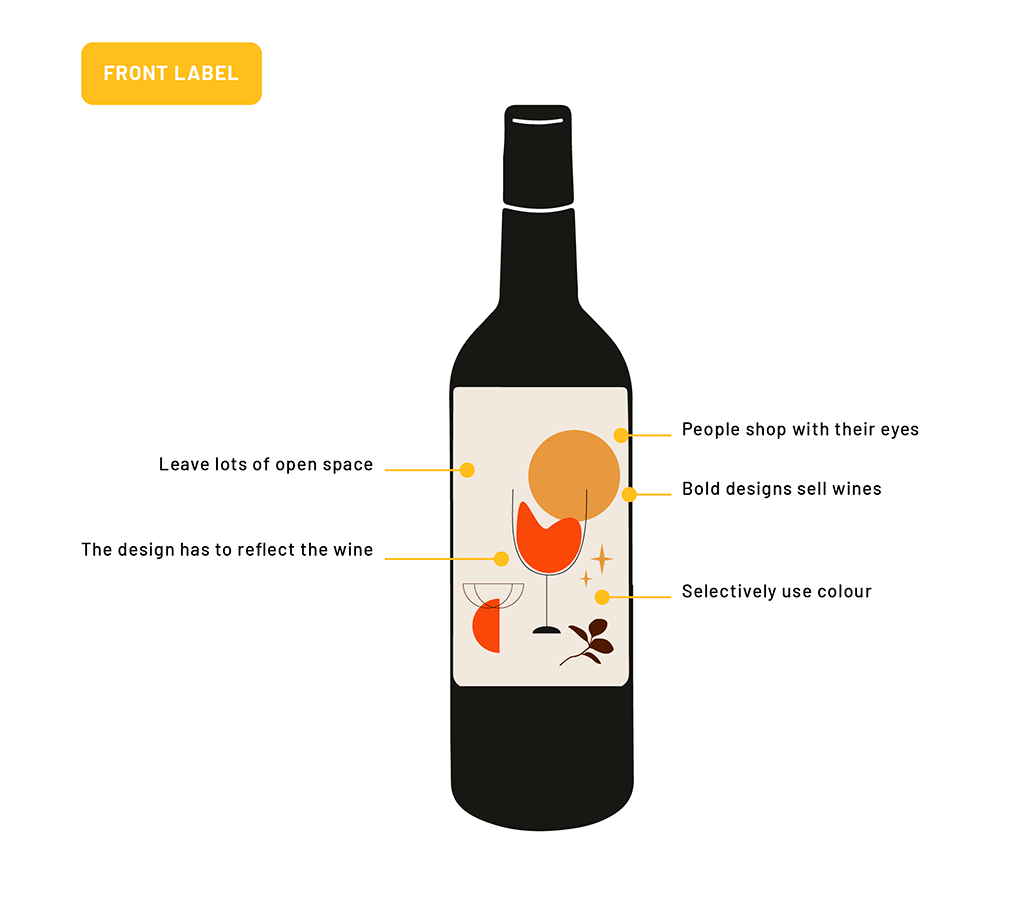
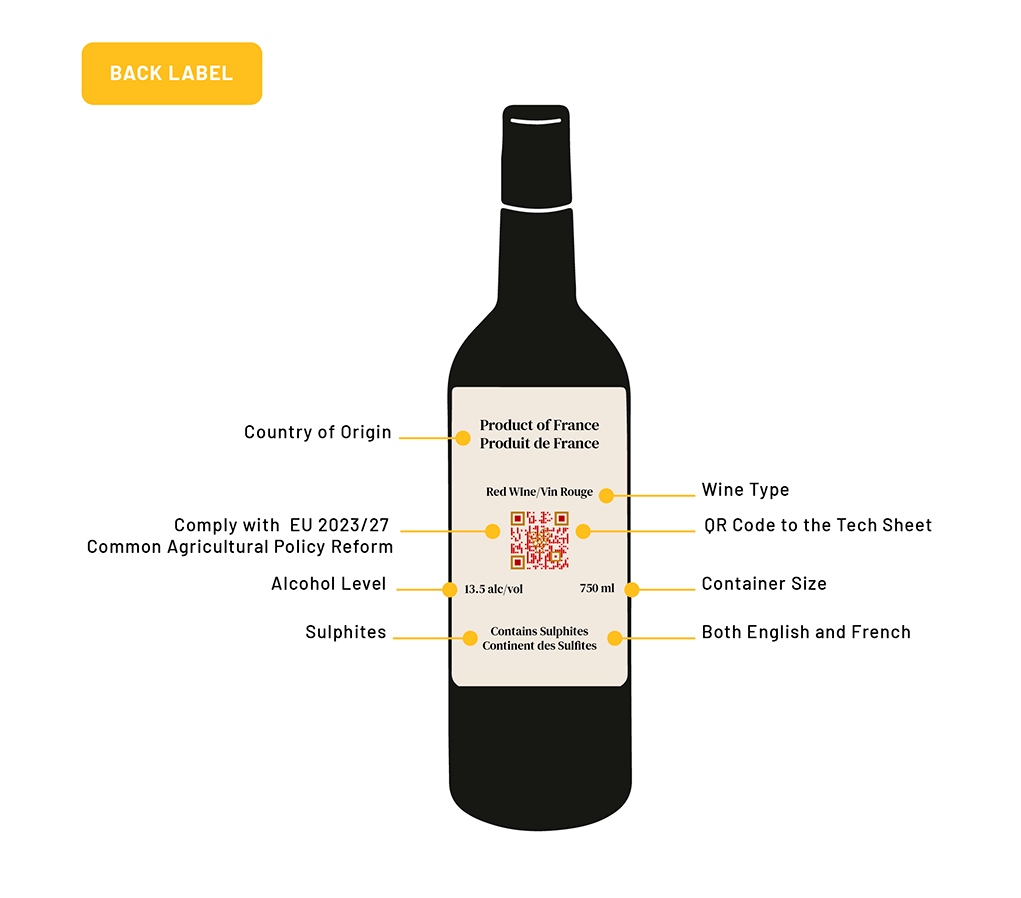
Canada
In Canada, the Canadian Food Inspection Agency regulates labeling. However, the sale and distribution of alcohol is provincially regulated. In addition, each provincial regulator (aka Liquor Board) imposes additional labeling requirements, despite the fact that labeling is federally regulated.
Currently, the Liquor Boards are trying to stand-up a taskforce to harmonize the labeling requirements across the 10 provinces in Canada.
Canada is a bilingual country with both English and French as the official languages. In order to avoid incurring the cost to relabel or apply strip labels, ensure that the label is prepared in both English and French.
First, it is necessary to say that the common denomination of the wine as well as the alcohol content and the net volume of wine must be present in the same visual field. They can be placed on the front label or on the back label, but must never be separated.
To comply with this regulation, wines intended for sale must have a product manufacturing date code (in the formats bag-in-a-box and TetraPak). Optionally, reimbursement statements can be included in a bilingual format, and their characters must have a minimum size of 1.6 mm.
For the comprehensive list of labeling requirements, refer to the
CFIA: Labeling Requirements for Alcoholic Beverages page. Alcoholic beverages impairs judgment and coordination, which are all skills needed to drive a car safely.
United States
The United States requires the following mandatory information on the wine label:
EU
First, it is necessary to take into account the reforms of the
EU Common Agricultural Policy (CAP), which will come into effect on January 1, 2023. Some regulations involving wine labeling information are:
- Basic product characteristics (name, image, product category, country of provenance);
- List of ingredients and the nutritional declaration per 100ml;
- A pictogram warning against drinking during pregnancy;
- A generic message about responsible consumption.
EU legislation requires that some data must be visible on the front label:
Mandatory information
Also, there are additional mentions, regulated by articles 49 and following of the new Commission Regulation No. 2019/33 of October 17, 2018:
To facilitate the labeling of your wines, you can use the
ALC Label platform. The platform not only offers you many digital tools to customize your labels, but it will also allow you to adapt them to the regulations of each country, such as the new European regulations.
Argentina
Argentina mandates certain information to be present on the wine label:
Except for the exceptions mentioned above, all mandatory information must have the following characteristics:
- They must be printed in easily distinguishable colors for the consumer and be indelible. Also, the font of the letters must be easy to read.
- There are 4 mandatory mentions that must be placed in the same visual field: the legal name of the product, the alcoholic strength, the net content and the name of the country
- The size of the font must be at least of 1.50 mm
- If a wine is packaged in a cardboard package, the alcoholic content can be placed separately, at the top of the package.
Also, some wine characteristics are optional:
Finally, all imported wines can have labels in another language, but for legal circulation within Argentina they must have all the mandatory information translated to Spanish, and indicate the address of the importer.
Australia
Like most countries, Australia has both mandatory and optional labeling requirements.
Mandatory requirements
Optional requirements
How To Label Wine Bottles: 4 Steps To Do It Successfully
There are several ways to correctly label a bottle of wine. In this section we will focus on two of them: manual labeling (perfect for small or family wineries) and labeling using a semi-automatic labeling machine (ideal for medium-sized wineries). These are useful for both imported and domestic wines.
List of Services
-
1List Item 1
Place the bottle on a firm surface, such as your lap. This will prevent it from rolling. On the other hand, if you have a semi-automatic labeler, just place the bottle on the conveyor belt.
-
2List Item 2
Make sure the label is centered on the bottle. To do this, you may find it helpful to use the seam of the bottle as a guide.
-
3List Item 3
Place the center of the label on the bottle first. To do this, press firmly with your fingertips (not your nails) and then smooth it evenly from the center outwards. If you have a semi-automatic labeler, you only need to press a button or pedal (depending on the model) so that the bottle is held, and the labeler can apply the label.
-
4List Item 4
Once labeled, leave the bottle at room temperature for 24 hours. This will allow the adhesive to set properly.
However, there are several tools that can help you speed up the process or even increase the productivity of your brand. Below we will talk about some of them.
4 Tools to Help You With the Wine Labeling Process
1. Foldable Wine Choke
A foldable wine choke is perfect for small businesses, as it is an inexpensive tool and brings incredible benefits. The main one is that there is less risk of the bottle falling on the floor, compared to placing the bottle on your lap. This is because it has a felt backing that keeps the bottle from slipping. There are even some that have guides for the top and bottom of the bottle.
2. Wooden Jig
A great way to increase the productivity and size of your brand is to acquire (or build) a wooden jig. This tool is very useful because it not only allows you to properly secure the bottle, but also because it offers the possibility of placing multiple bottles for labeling. Wooden jigs are often used in wine clubs to label a larger number of bottles in an economical way.
3. Manual Labeling Machine
The manual bottling machine is the recommended previous step for a larger capacity automatic bottling machine. The main difference with the previous tools is that they hold the bottle better, preventing it from falling. Some bottlers even allow you to regulate the force with which the bottle of wine is held.
4. Semi-automatic labeller
As we mentioned earlier, semi-automatic labelers allow for much faster production, as well as a significant increase in productivity. This is because they require less human intervention (it is only necessary for an operator to place the bottle on the conveyor belt and then press a button for labeling) and the rest of the process is automatic.
Despite being more expensive than the previous tools, semi-automatic labelers are the best option for small companies that want to grow to a medium level of productivity.
5 Tips to Make Your Wine Labels Stand-out
Now, you are probably wondering how to make your wine labels stand out from the rest. This is actually not as complicated as it seems, but it requires a key factor: creativity that is transformed into a design. Consumers shop with their eyes.
Here are some tips for you to design the most attractive labels for your wine bottles:
1. Be creative with the shape of the label
One of the most interesting aspects when designing a label is to give it a shape that is not only distinctive, but also attractive to the eyes of your consumer. For example, Pure Drop Wines gave its label the shape of a drop, which allows it not only to stand out but also to represent the brand name on the label.
2. Colors are important
The color of the label is usually associated with the type of wine, and that is something you should take into account when designing your labels. For example, for a red wine, it may not be best to use a very bright label. An appropriate choice might be a label with a red background and some catchy details. Bold colours help you stand out, and they sell wine.
3. Offer a sensory experience
Although the shape and color of the bottle are very relevant aspects in the design of a label, there is another one that is increasingly being explored by wine brands. This is the texture of the label. A label that, for example, has a relief in the area of the wine's name, can end up making consumers choose your wine over another.
Another great option is to use different materials to manufacture your labels. A good option could be to use recycled paper for the label of an organic wine or stone paper like the one used by Suriol, an organic producer in Spain.
4. Typography
This is an aspect you cannot leave out of your label design. If you use a typography that is too linear and not very eye-catching, it will be more difficult for wine consumers to see your label, especially considering the great amount of wine choice that exists. Therefore, a good option could be to highlight a particular letter, with a big and bold font.
5. Compelling Visuals
A picture is worth a thousand words, especially on wine bottles. Along with colors and typography, it's one of the aspects people look for when choosing a new wine. And indeed, there are endless possibilities to choose from.
For example, if you are looking for something more traditional, for a special edition of your wine, you could go for a vintage design (it could be an image of your winery in its first years of operation). However, if you prefer a more striking design, then you can choose a more colorful abstract design.
Final Thoughts
The wine market is evolving in leaps and bounds. Wine consumers are becoming more and more aware and are demanding transparency from the products and the producers they choose to support. It is no longer enough to just put the basic wine and provenance information on the label. It is also necessary, but also a missed opportunity, not to include other pertinent information about your wine, such as the viticultural and vinicultural methods you follow.
At the same time, there are more and more possibilities for label design. As mentioned above, one of the key aspects to remain competitive in the market is creativity. The other is to stay up to date on new trends in label design.
Would like to access further thought leadership on labelling wine, check out
ALC Label
Vino Al Vino is a Canadian wine wholesaler and wine importer specializing in real wines, wines with minimal intervention. All of our wines are sustainable. Almost all of our wines are certified organic. Many of our wines are certified biodynamic. Many of our wines are full-throttle zero-zero natural wines.
